Exploring Pisa and Volterra: Volterra Week Two
Hey, Mr. Pisano! I think your tower is leaning! On May 16, our first class field trip of the program took us to Pisa, and it turned out to be a day full of surprises. For this trip, we didn’t just admire the tower from a textbook; we actually got to explore the entire architectural complex up close. This was way better than a PDF slide lecture. Pisa’s famous Piazza dei Miracoli includes the Leaning Tower, the Cathedral, the Baptistry, and Camposanto.
Naturally, the tower still had us all amazed. No matter how many times you see it, its tilt is just so bizarre, and of course, we had to take the classic photo holding up the tower. The whole piazza is set on an open green lawn that really enhances the marble facades of each building.
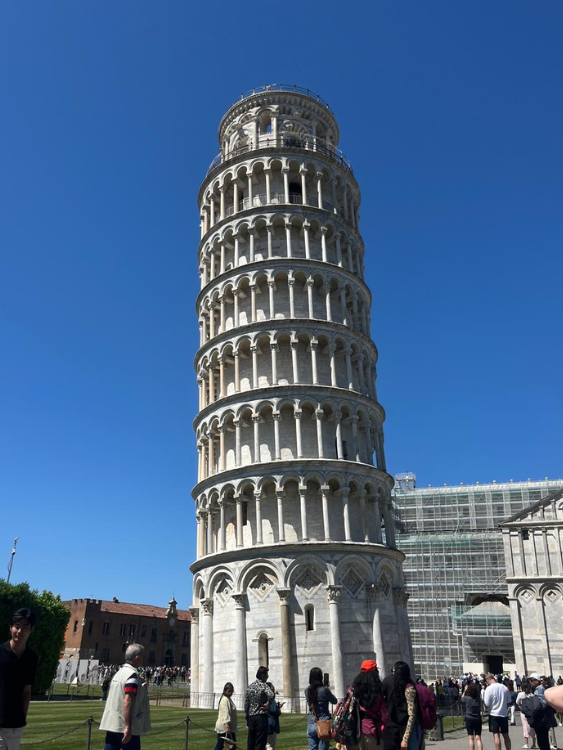
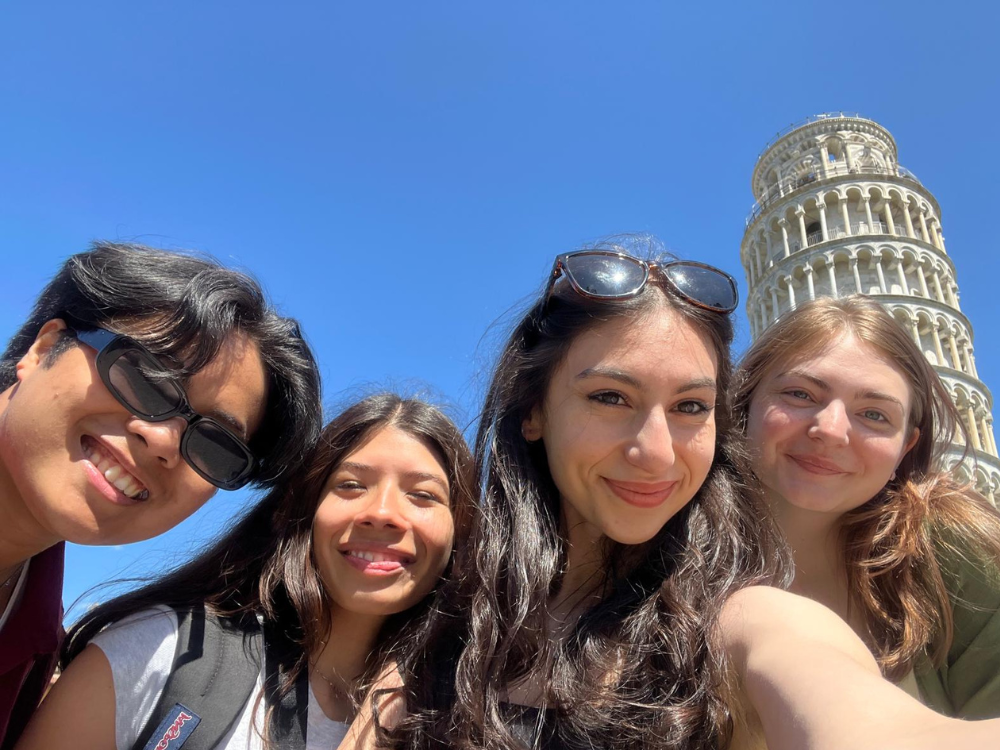
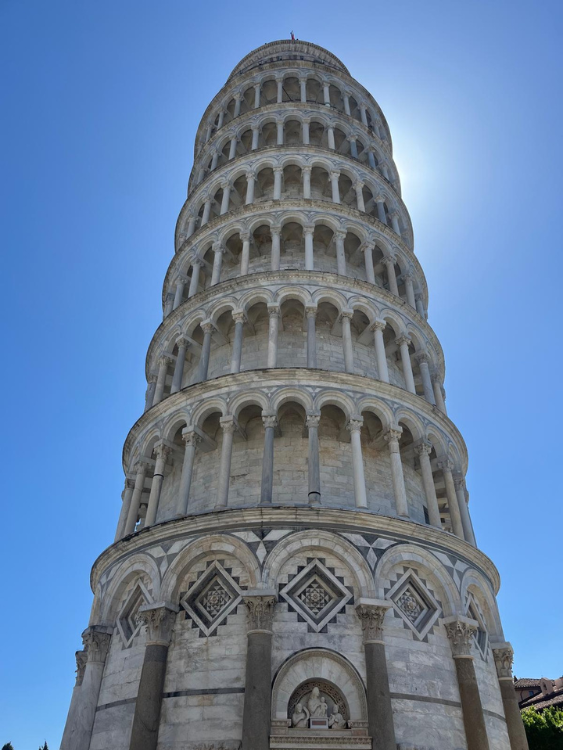
Inside the Baptistry, we climbed to the second level and discovered this postcard-perfect view of the cathedral framed through a window. The geometry and symmetry of the space stood out, but the real magic happened when a staff member came out and sang a few notes to demonstrate the acoustics. His voice echoed through the dome in the most ethereal way. The cathedral interior was another unexpected highlight. Its gold ceiling details and mosaic work were stunning, and the pulpit carved by Giovanni Pisano was a clear class favourite. Seeing Romanesque and Byzantine influences in a space that has stood since the 11th century gave us a powerful sense of connection to the past. The architectural details, from the ornate mosaics to the grand arches, made it clear just how much history is embedded in every corner of the building.
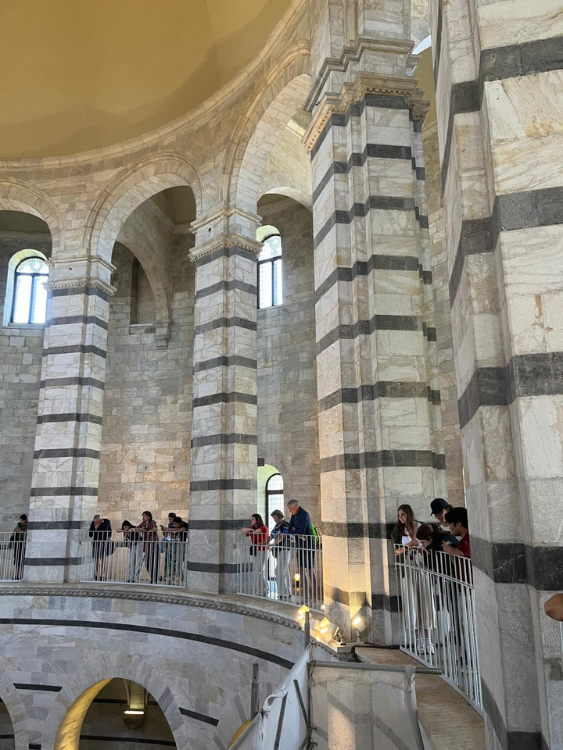
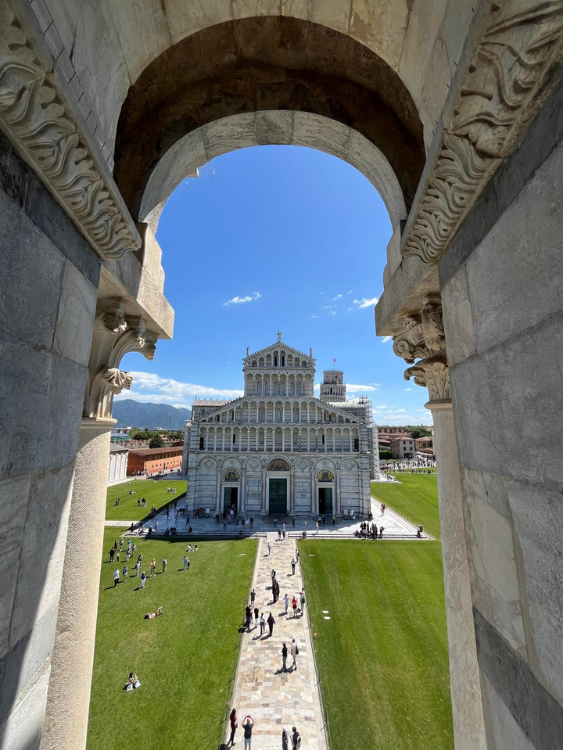
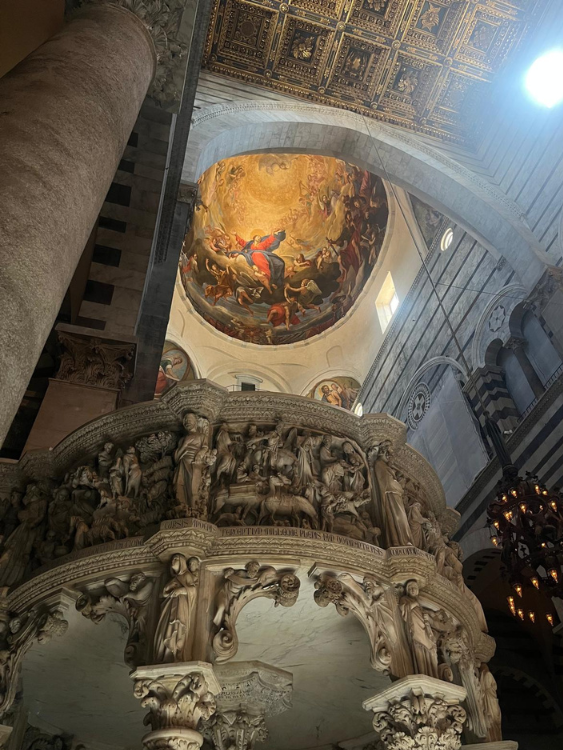
Our next stop was the Camposanto, which most of us had never even heard of before. We definitely didn’t expect it to be a graveyard. It was surprisingly peaceful and full of natural light, which gave it this calm, reflective atmosphere instead of feeling sad or heavy. We were literally walking over tombstones embedded in the floor without even realizing it at first. Once we noticed, we started paying attention to the intricate detailing, some had beautiful carvings and inscriptions that were easy to miss if you weren’t looking closely. It was kind of wild to think how many people probably walk right over them without knowing. One of the biggest surprises was the fresco of the Last Judgement. It was massive and way more intense than we expected. We even got to see some of the restoration work being done on the frescoes, which made us appreciate the scale and detail even more. The Camposanto ended up being a really memorable and unexpected highlight of the trip.
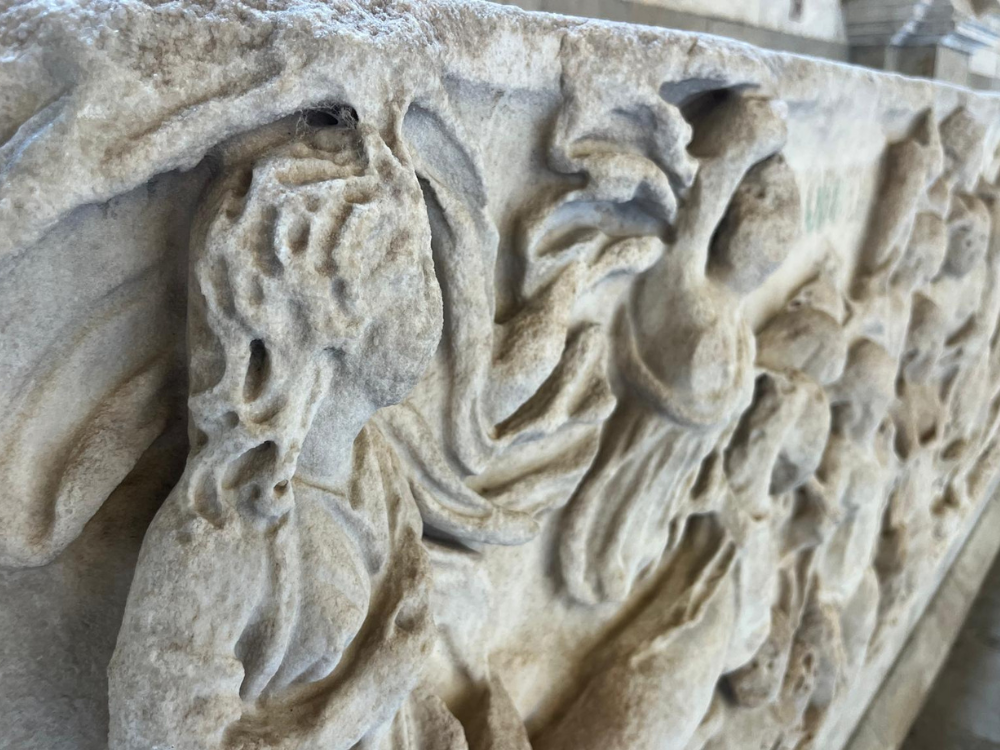
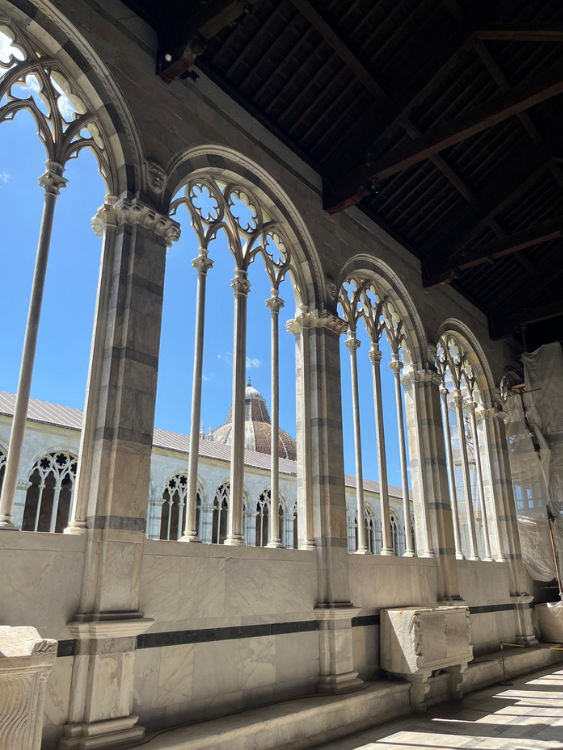
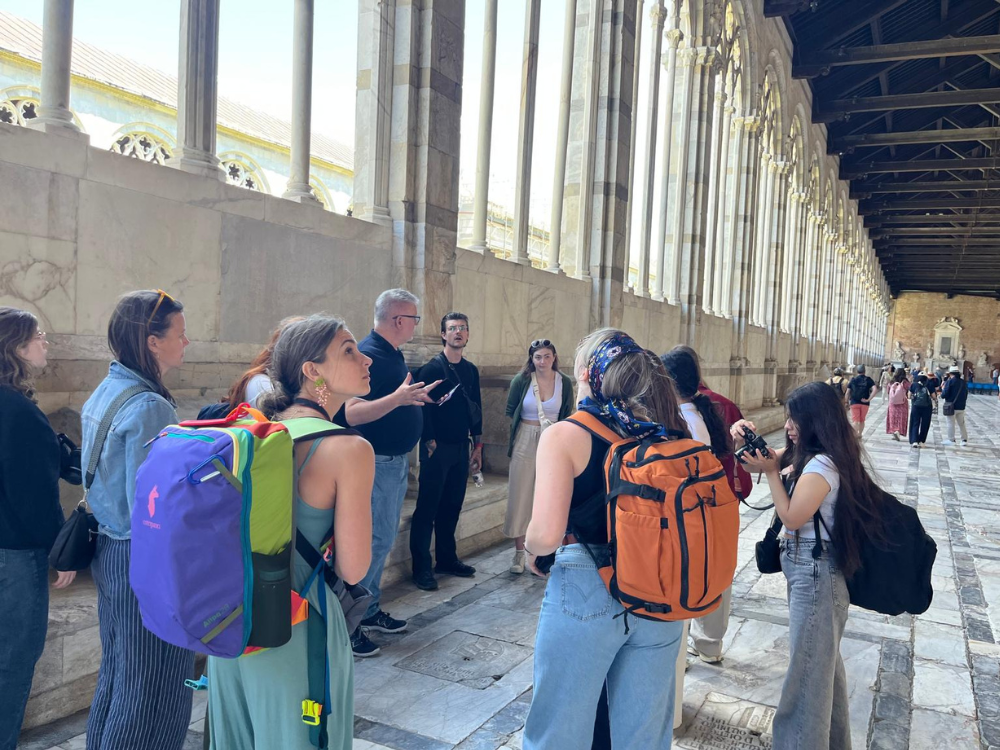
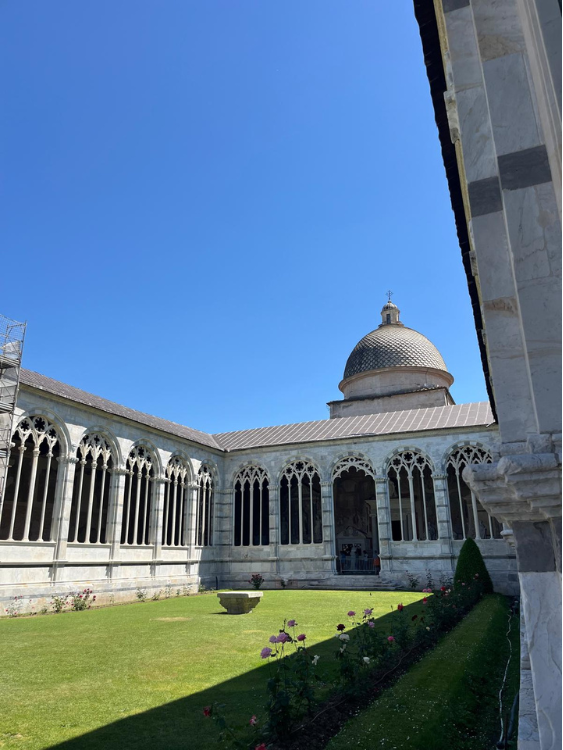
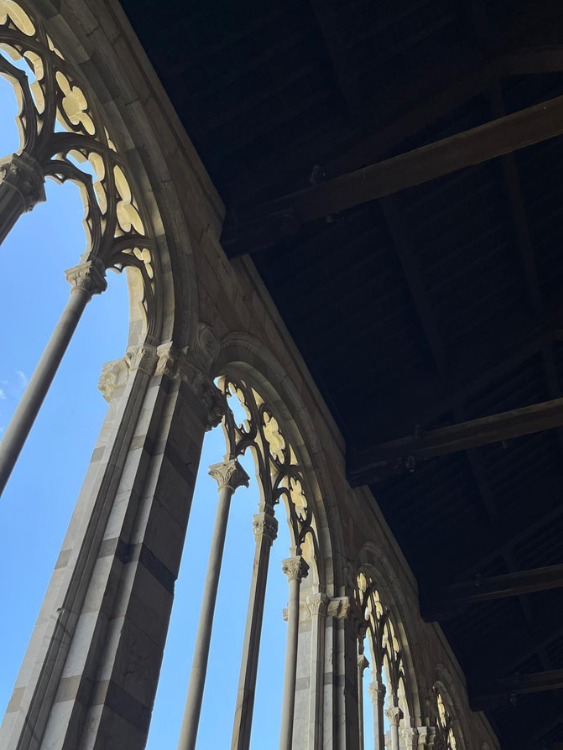
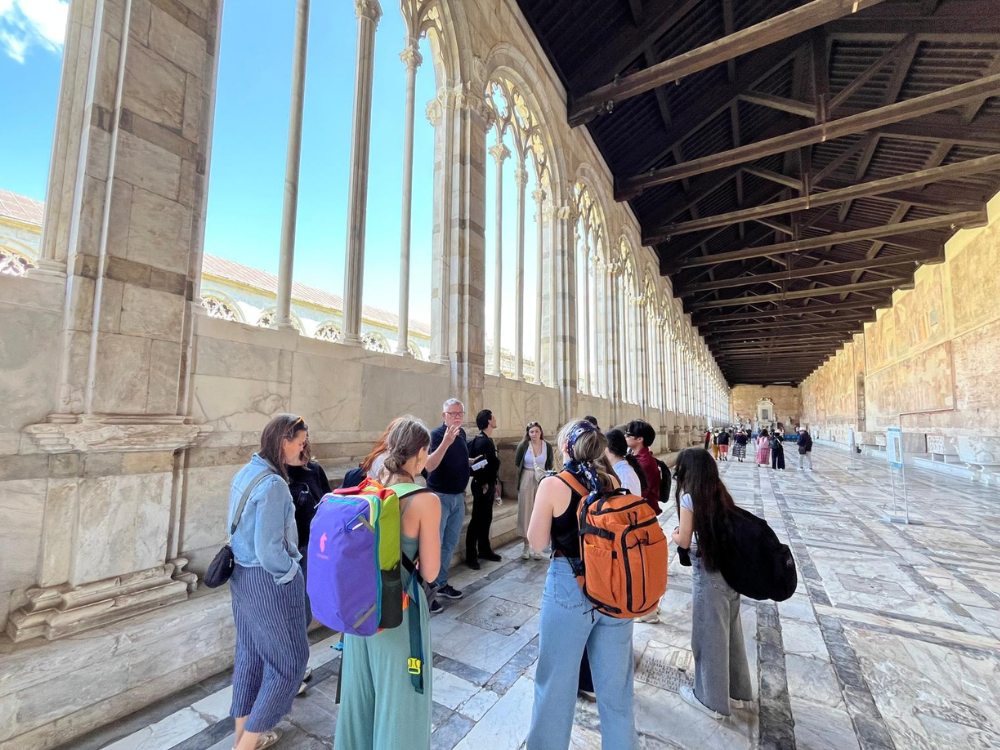
After a full morning of exploring, we headed off for a group lunch: pizza and Aperol spritz. Later, we stopped by an art supply store, and some of us went off to explore the shopping strip nearby, each taking our own little adventures. It was the perfect way to wind down after discovering parts of Pisa we never expected.
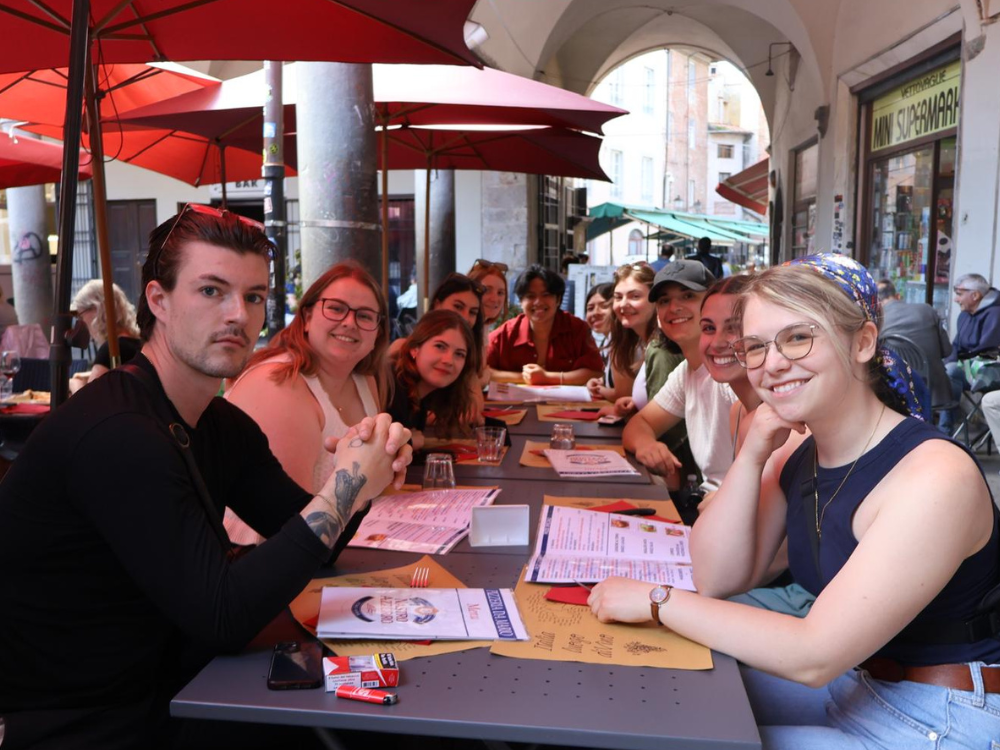
Later that week, we had the greatest opportunity to do our class in the Roman theatre. Yes, you heard that right. Visiting the Roman Theatre in Volterra was one of those experiences that sticks with you, not just because of the history, but because of how close we were actually able to get to it. Normally, people just view it from above, but we had special access to go right down to the site. Seeing the details up close, like the stone seating, the stage area, and the remnants of the Roman baths in the back, made the whole thing feel more real.
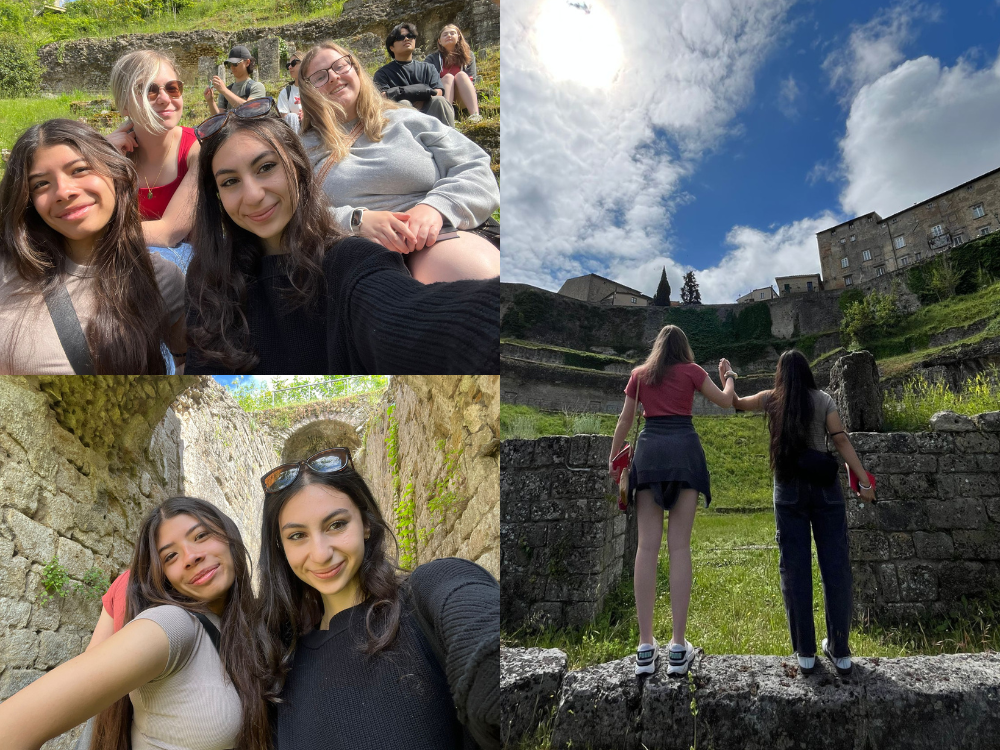
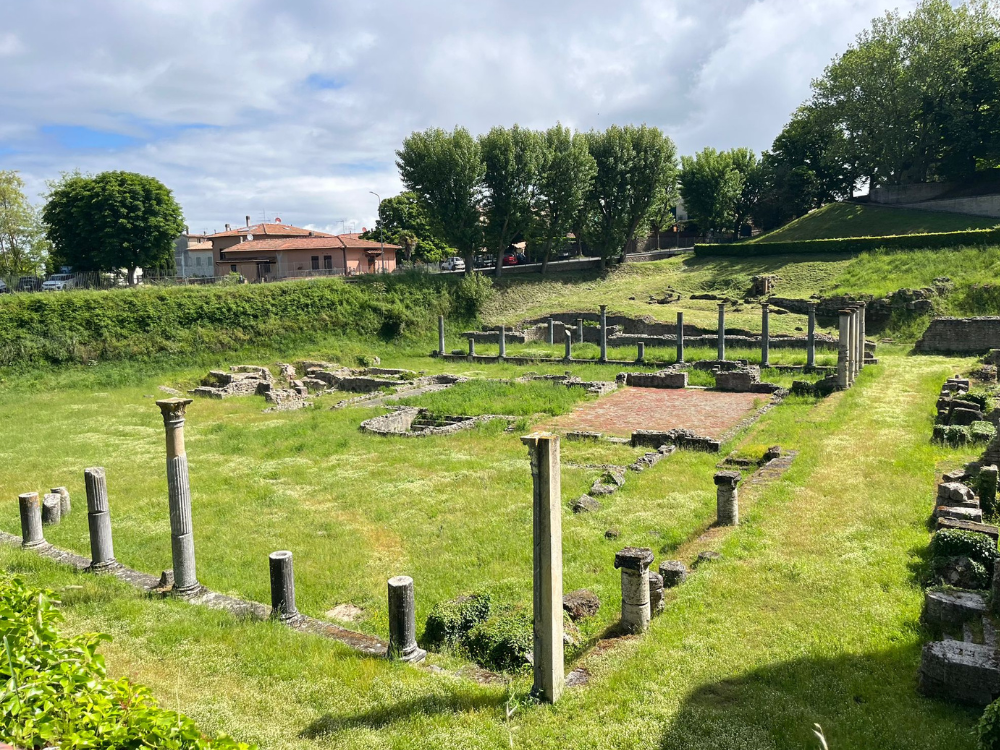
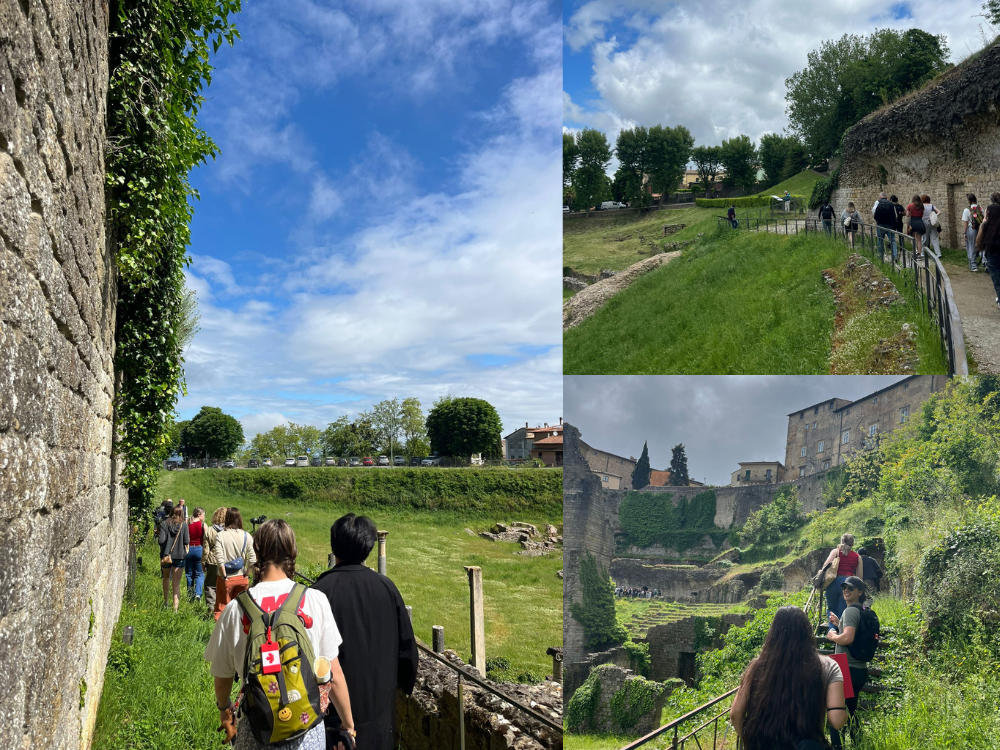
What really stood out (and honestly cracked us up) was when Wladek pulled out his laptop in the middle of the ancient theatre to show us what Roman music might have sounded like and what the theatre and bathhouse once looked like. It was such a funny contrast; ancient ruins all around us, and then a modern laptop playing music from 2,000 years ago. I will admit, it helped us picture what the space was like when it was still being used. As parts of the video showed reconstructions of the theatre or baths, we found ourselves looking around, trying to line up what we were seeing in the video with the real stones around us. It was surreal being able to compare a digital reconstruction to the physical site in real time.

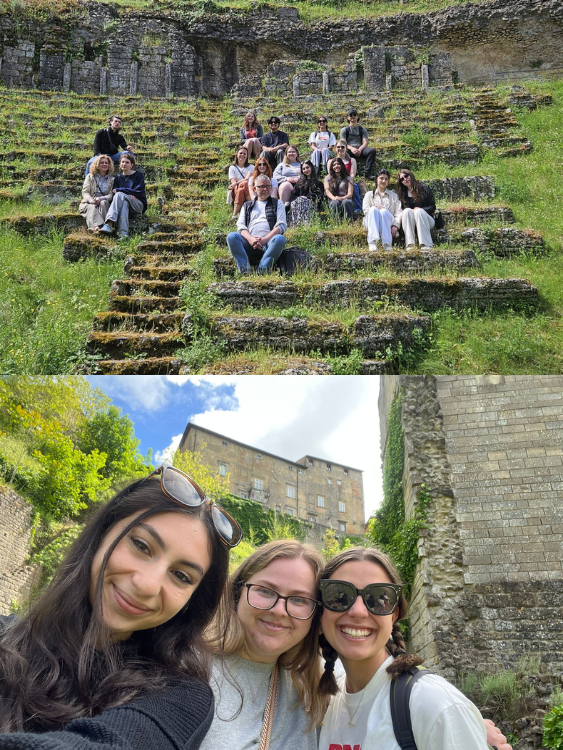
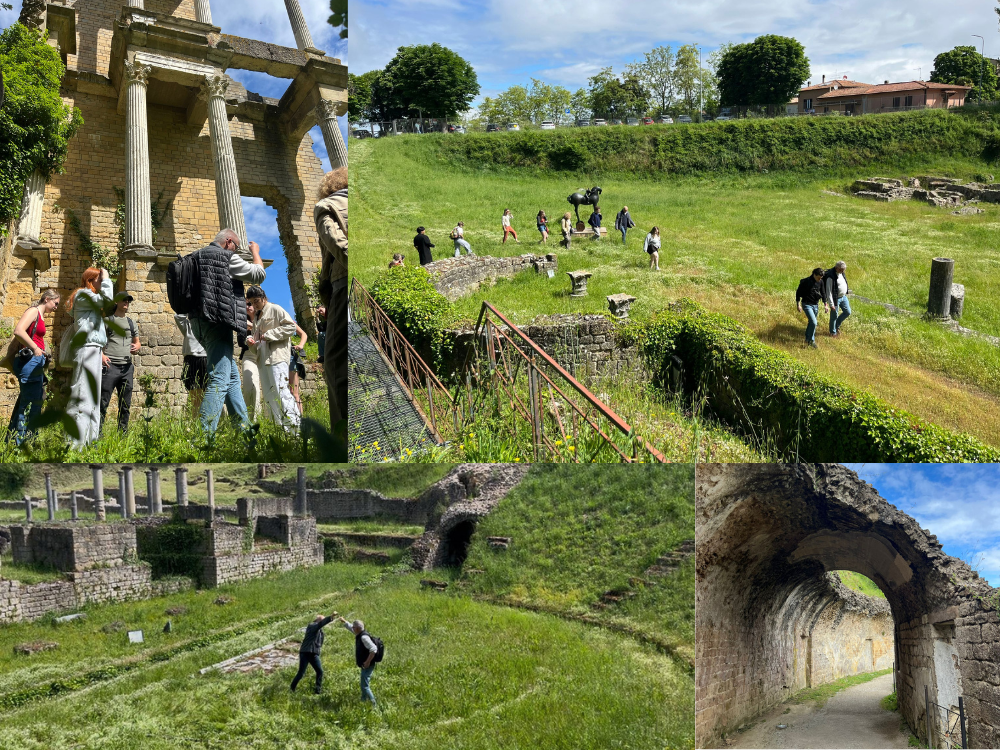
Being able to walk through an ancient Roman theatre and imagine it in its original form was incredible. It’s not every day you get to explore something that old and important with that kind of access. Definitely a once-in-a-lifetime experience. Seeing history from the stage instead of the sidelines gave us a whole new appreciation for the spaces we study, and a whole new standard for where we want our future lectures held.
Until next time, don’t just watch history, lean into it.
Daria Facchinato
